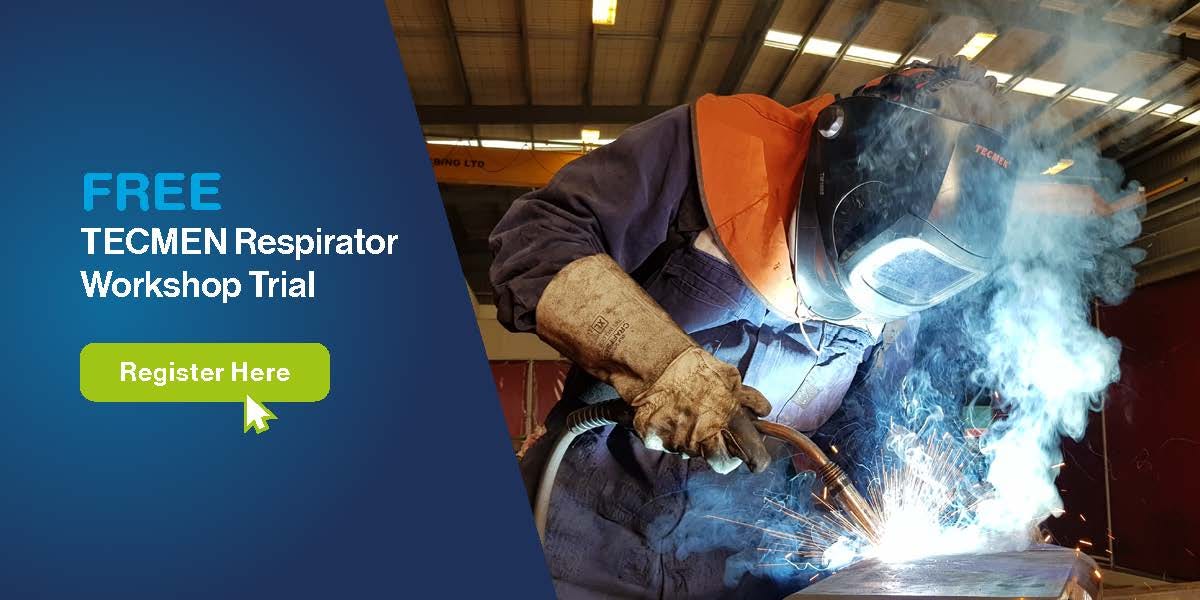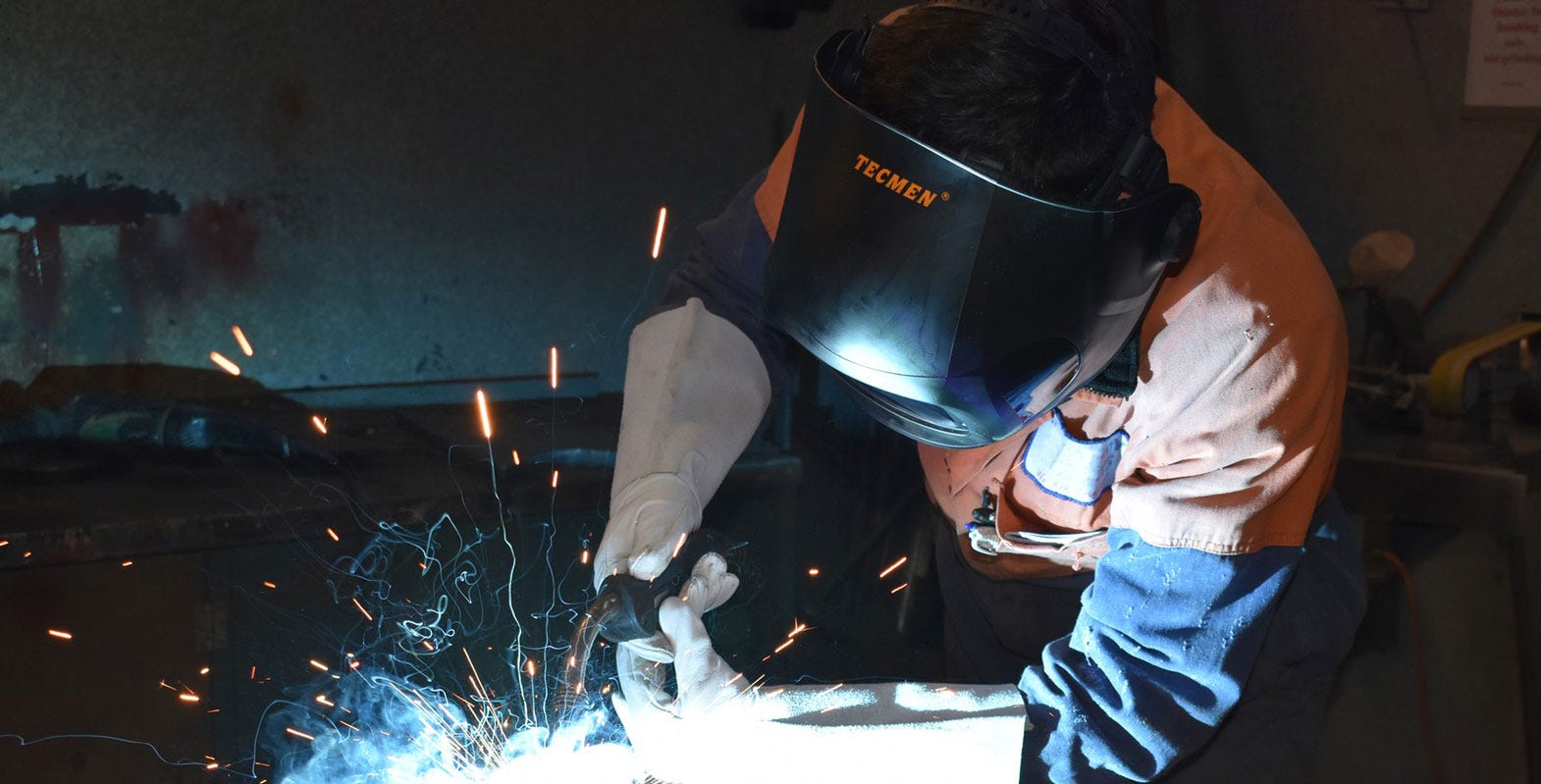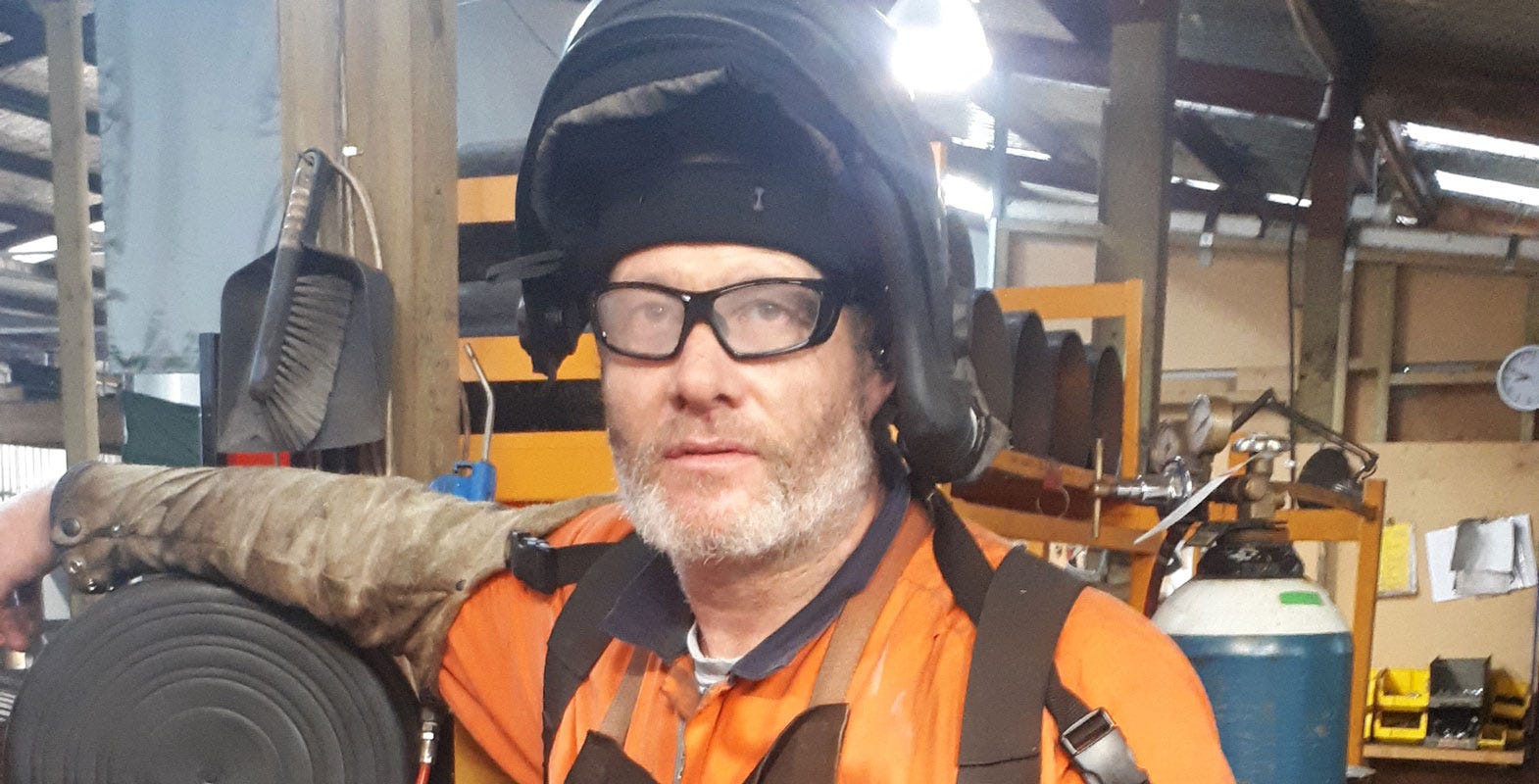The danger of welding fumes - cancer & other effects
Did you know that welding fumes could put you at risk of lung cancer or other health risks associated with welding fumes? Shocking, right? Let’s explore why welding fumes are so dangerous and, most importantly, how you can stay safe while working in a welding environment.
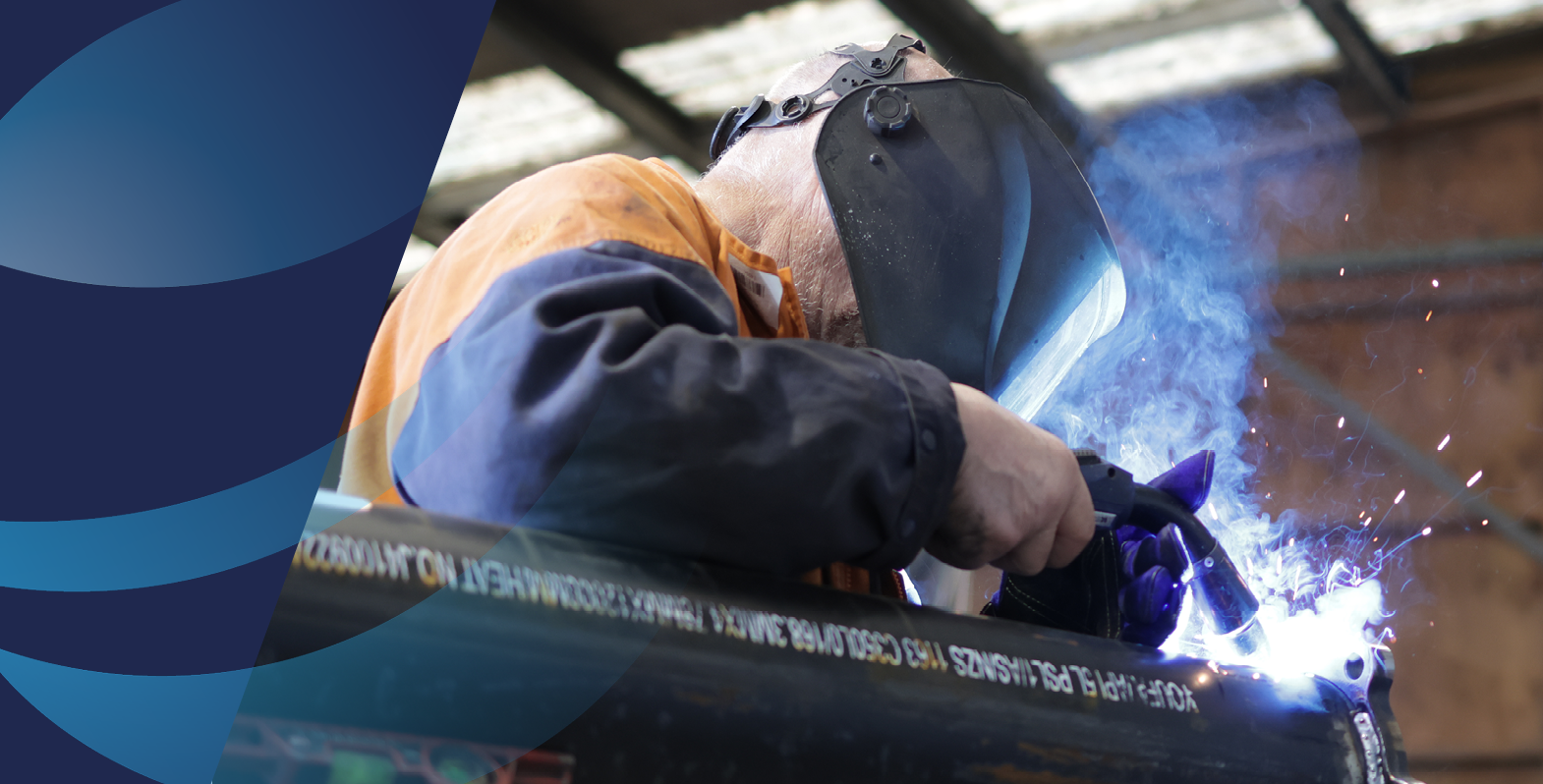
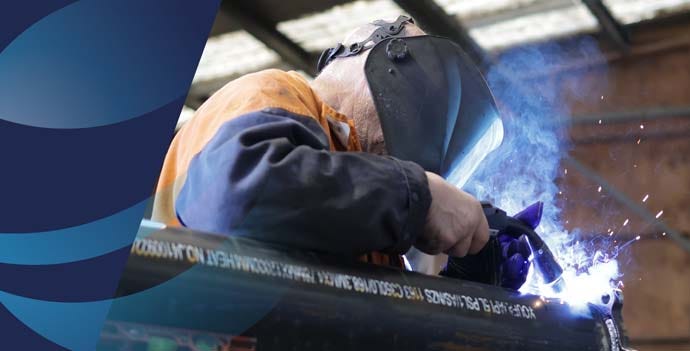
What Makes Welding Fumes Dangerous?
Welding fumes are made up of a mixture of airborne gases and metal particles which can be highly toxic. The toxicity level depends on what is being welded and how. Some of the most dangerous contaminants include:
- Manganese - this can cause serious damage to your brain and nervous system if inhaled. Workers with extreme exposure have been known to develop 'manganism', a Parkinson's-like disease making it difficult for sufferers to walk and move properly. Like Parkinson's, conditions of the disease include tremors, shaking, and a loss of muscle control that worsens over time.
- Iron Oxide - this is found when welding with mild steel or iron (either the base metal or welding rod). It causes irritation of the nasal passages, throat and lungs.
- Nickel and Chromium - found when welding stainless steel. Nickel will worsen asthma in sufferers. Chromium causes sinus problems, and both have been linked to causing various types of cancer.
- Cadmium - this is often used as a coating on steel to prevent rust. When welded, the resulting fumes can cause lung disease, emphysema, as well as kidney failure.
- Lead Oxide - if the welded metal has been coated with paint that contains lead, the fumes are likely to contain lead oxide. Exposure can cause lead poisoning, where you become weak and develop anemia.
- Asbestos - sometimes found in welding rods, if inhaled there is a risk of asbestos related diseases such as lung cancer, mesothelioma (aggressive cancer), and asbestosis (scarring of the lungs).
Short-Term Health Effects of Welding Fumes
Short term effects:
Exposure to welding fumes can cause a range of immediate health issues, including:
-
Eye, nose, throat, and lung irritation. Symptoms include coughing, wheezing, shortness of breath, bronchitis, and fluid or inflammation in the lungs.
-
Gastrointestinal issues such as nausea, appetite loss, vomiting, cramps, and slow digestion.
-
Metal Fume Fever—a flu-like condition that occurs 4-12 hours after welding, with chills, thirst, fever, muscle aches, chest soreness, coughing, fatigue, nausea, and a metallic taste.
-
Temporary reduced lung function, with symptoms worsening during the workweek and improving over the weekend.
-
Death—high exposure to cadmium fumes or nitrogen oxides can be fatal.
Long-Term Health Effects of Welding Fumes:
Prolonged exposure to welding fumes can lead to severe health conditions, including:
-
Pneumonia: Increased vulnerability to lung infections, sometimes resulting in fatal outcomes.
-
Cancer: All welding fumes are internationally classified as carcinogenic to humans, with risks of developing lung, larynx, and urinary tract cancers.
-
Occupational Asthma: Chemicals like chromium oxide and nickel oxide found in stainless steel fumes can trigger asthma. Studies show many welders are hospitalized with severe asthma yearly.
How to Stay Safe From Welding Fumes
Protecting yourself from welding fumes requires a proactive approach. Here’s how:
-
-
Identify Hazards: Understand the materials you’re welding and their potential risks.
-
Improve Ventilation: Use local exhaust ventilation (LEV) or mechanical systems to remove fumes at the source.
-
Use Appropriate PPE: Equip yourself with certified respiratory protective equipment (RPE), such as positive pressure helmets, to filter out harmful fumes.
-
Substitute Materials: Replace hazardous materials with safer alternatives whenever possible.
-
Monitor Air Quality: Regularly check workplace air quality to ensure compliance with safety standards.
-
Protect Yourself and Your Team
Welding fumes are a serious hazard, but with the right precautions, you can create a safer working environment. Ready to upgrade your workshop’s safety measures? Click here to learn more about keeping your workplace safe from welding fumes.
 Need assistance?
Need assistance?
